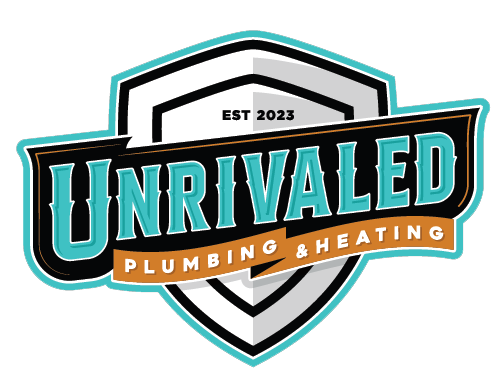On Demand Water Heater Maintenance
Tips for Maintaining your Water Heater in good condition

Maintaining an on-demand water heater is crucial to ensure its efficiency, performance, and longevity. Here are some essential maintenance tips for keeping your on-demand water heater in good condition:
1. Regular Descaling
- Frequency: Descaling is necessary, especially in areas with hard water. It should be done once or twice a year, depending on the hardness of the water.
- Process: This involves flushing the unit with a descaling solution (like white vinegar or a commercial descaler) to remove mineral buildup, particularly calcium and magnesium deposits that can clog the heat exchanger and reduce efficiency.
2. Clean the Inlet Filter
- Frequency: Check and clean the inlet filter every 6-12 months, or more frequently if the water supply is known to have sediment.
- Process: The inlet filter prevents debris and sediment from entering the unit. Turn off the water supply, remove the filter, rinse it under running water, and reinstall it. If it’s damaged, replace it.
3. Check the Venting System
- Frequency: Inspect the venting system annually to ensure it is free from obstructions, leaks, and corrosion.
- Process: Look for blockages, such as nests or debris, in the venting pipes. Ensure all connections are secure and that the venting materials are in good condition.
4. Monitor for Leaks
- Frequency: Regularly inspect the unit and surrounding plumbing for any signs of leaks.
- Process: Check for water around the unit, listen for drips, and visually inspect all fittings and connections. Address any leaks promptly to prevent water damage and ensure the unit operates efficiently.
5. Inspect the Pressure Relief Valve
- Frequency: Test the pressure relief valve at least once a year.
- Process: Open the valve slightly to ensure it releases pressure properly and then closes without leaking. If the valve is faulty, replace it to prevent potential overpressure conditions.
6. Annual Professional Inspection
- Frequency: Have a professional inspect the unit annually.
- Process: A licensed technician can perform a comprehensive inspection, including checking gas lines (for gas models), electrical connections (for electric models), the heat exchanger, and overall system functionality. They can also calibrate the thermostat for optimal temperature control.
7. Temperature Setting Adjustments
- Frequency: Check the temperature settings annually or as needed.
- Process: Ensure the thermostat is set to a safe and efficient temperature, typically around 120°F (49°C). Higher settings increase the risk of scalding and energy use, while lower settings may not adequately meet hot water demands.
8. Flush the System
- Frequency: Perform a system flush annually or more frequently in hard water areas.
- Process: Attach a hose to the drain valve, connect a pump to circulate a descaling solution through the system, and then rinse with clean water. This helps remove sediment and scale buildup inside the unit.
9. Check for Error Codes
- Frequency: Regularly monitor the unit's display for error codes.
- Process: If the unit displays any error codes, consult the user manual to understand the issue and follow the recommended troubleshooting steps. Addressing minor issues promptly can prevent more serious problems later.
10. Maintain Proper Airflow
- Frequency: Regularly ensure adequate airflow around the unit, especially for gas models.
- Process: Keep the area around the water heater clear of dust, debris, and obstructions. Proper airflow is crucial for combustion and efficient operation.
11. Water Quality
- Frequency: Regularly monitor and, if necessary, treat the water quality.
- Process: Consider installing a water softener if you live in an area with very hard water. This can reduce the frequency of descaling and extend the lifespan of the heater.
Additional Tips:
- Keep Records: Maintain a log of maintenance activities, including dates and any issues encountered or parts replaced.
- Follow Manufacturer’s Guidelines: Always refer to the specific maintenance instructions provided by the manufacturer of your on-demand water heater.
- Safety First: Always turn off the power (for electric units) or gas supply (for gas units) before performing any maintenance tasks to prevent accidents.
Regular maintenance of your on-demand water heater will help ensure it operates efficiently, provides consistent hot water, and lasts for many years.






